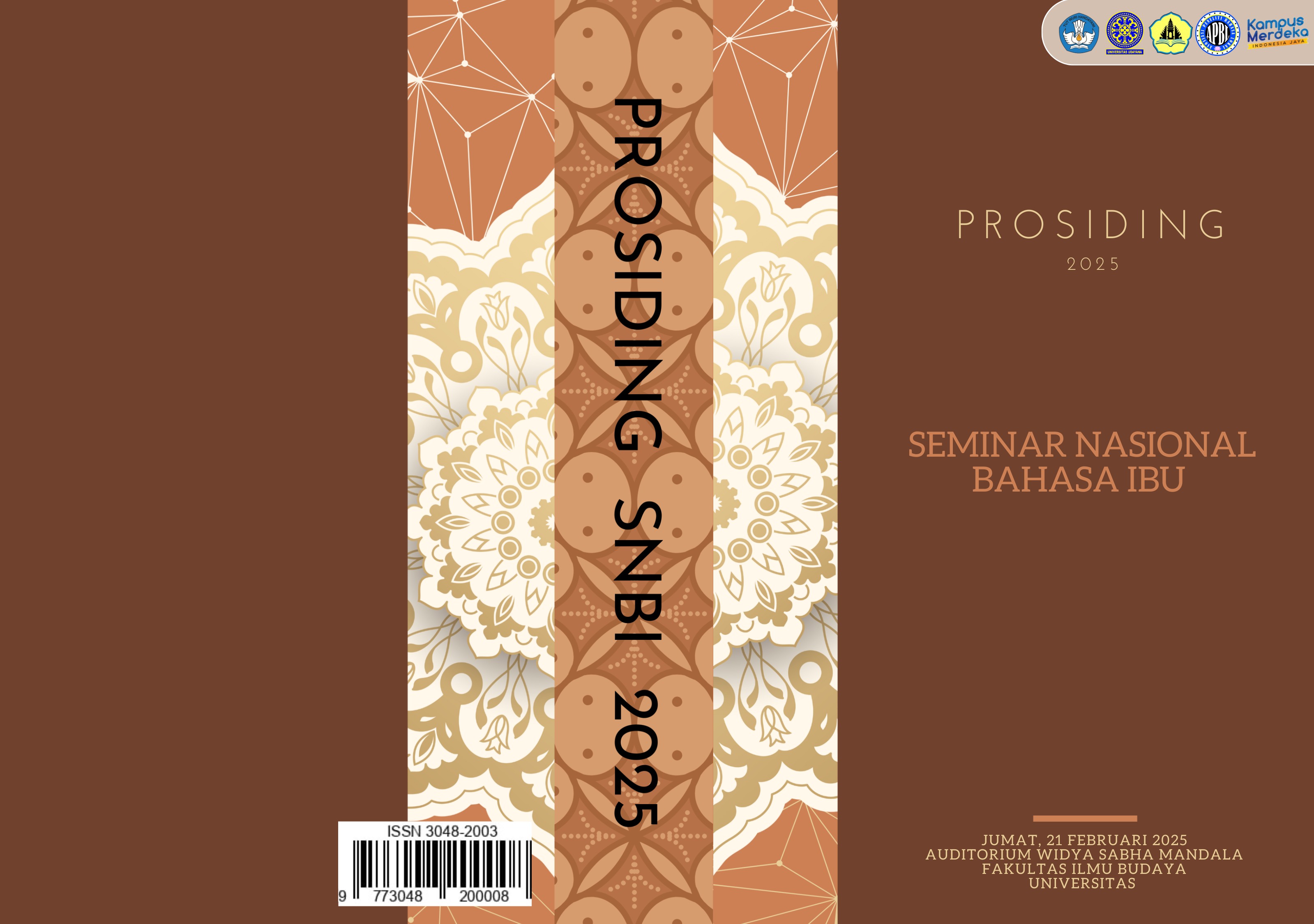ANALISIS WACANA KRITIS TEKS BERITA DIGITAL SETELAH SOEKARNO, MENGAPA MPR JUGA “BERSIHKAN” NAMA SOEHARTO DAN GUS DUR?
Abstract
Mass media plays a crucial role in societal life, serving both as a means of disseminating information and shaping public perceptions. Consequently, conducting critical discourse analysis on news articles addressing significant issues across various sectors such as politics, economics, and others is imperative. This study focuses on analyzing a news article titled Setelah Soekarno, Mengapa MPR Juga “Bersihkan” Nama Soeharto dan Gus Dur, published online by Kompas.com on September 27, 2024. Data collection was conducted through news documentation employing note-taking techniques. The analytical method utilized a critical discourse analysis approach proposed by Teun A. Van Dijk, which categorizes discourse into three primary structures: macro (themes and context), superstructure (textual framework), and micro (lexical choices and syntax). The findings reveal that the news article not only provides information about the process of “cleansing the names” of three former Indonesian presidents Soekarno, Soeharto, and Gus Dur by the MPR, but also conveys criticism towards the MPR's actions. This critique is supported by credible opinions from various sources, highlighting that the MPR tended to act hastily, particularly concerning the “cleansing” of Soeharto's name, given his involvement in numerous controversial events in Indonesian history.

 Dikelola oleh Program Magister dan Doktor Ilmu Linguistik Fakultas Ilmu Budaya Universitas Udayana
Dikelola oleh Program Magister dan Doktor Ilmu Linguistik Fakultas Ilmu Budaya Universitas Udayana
